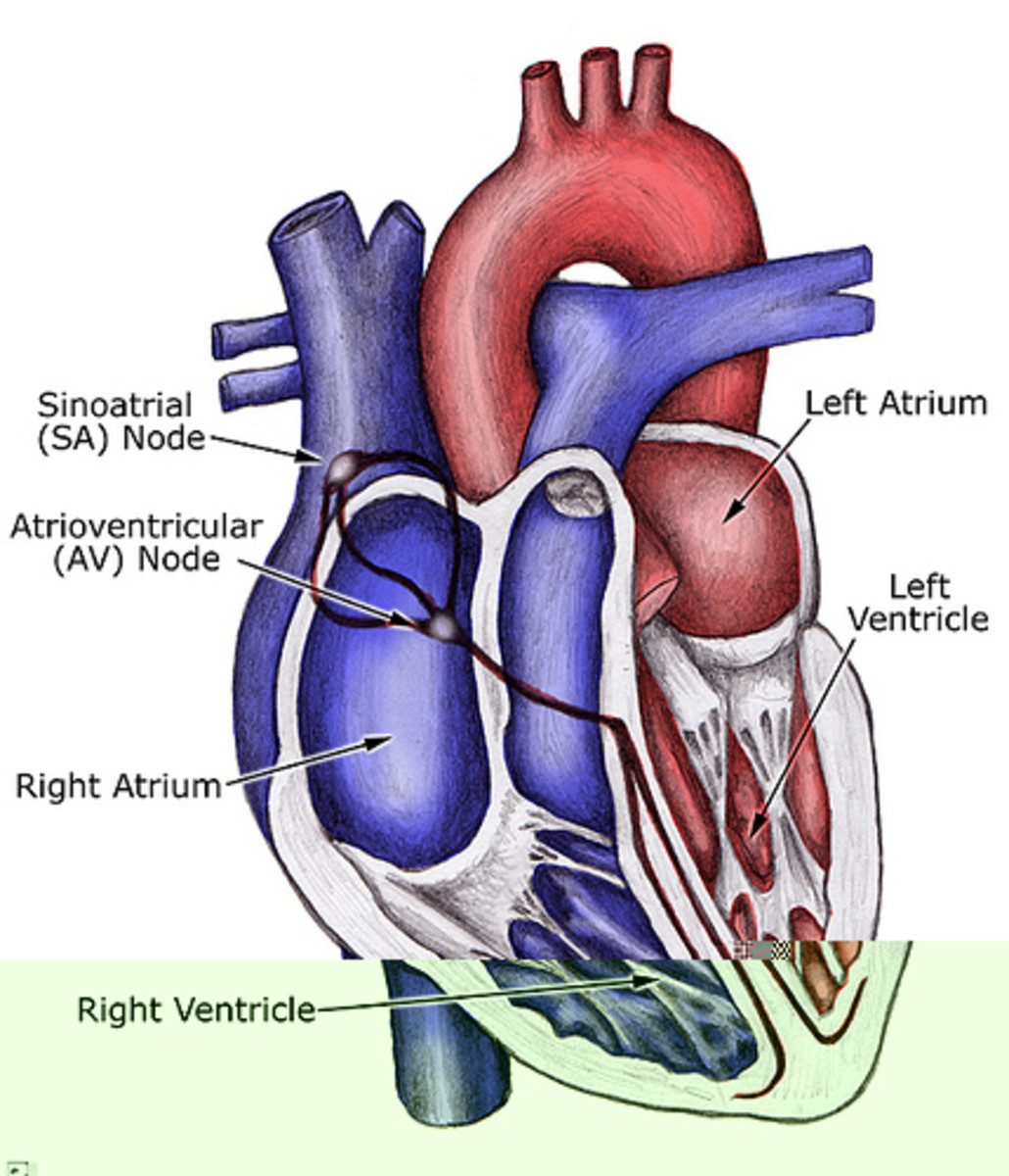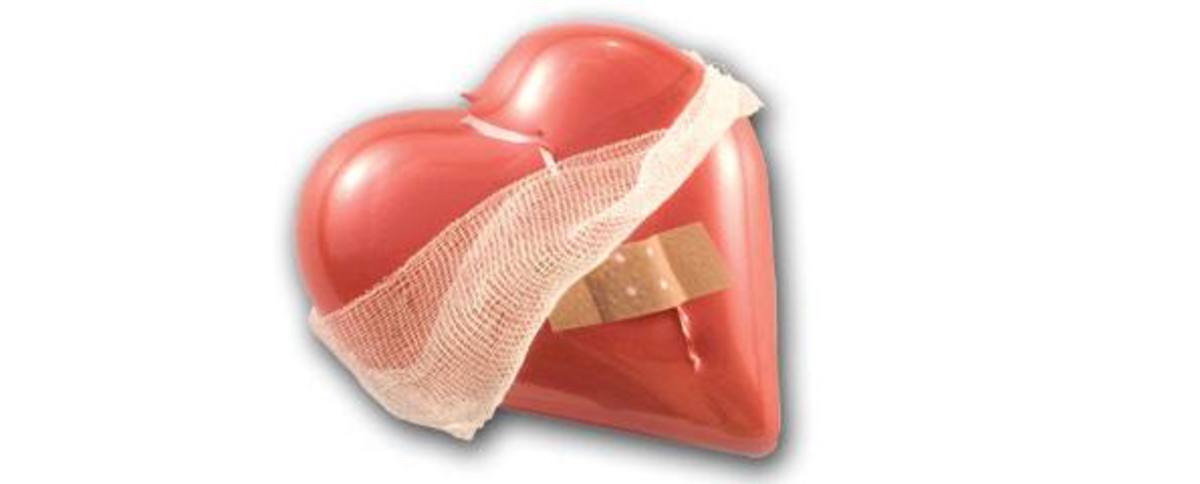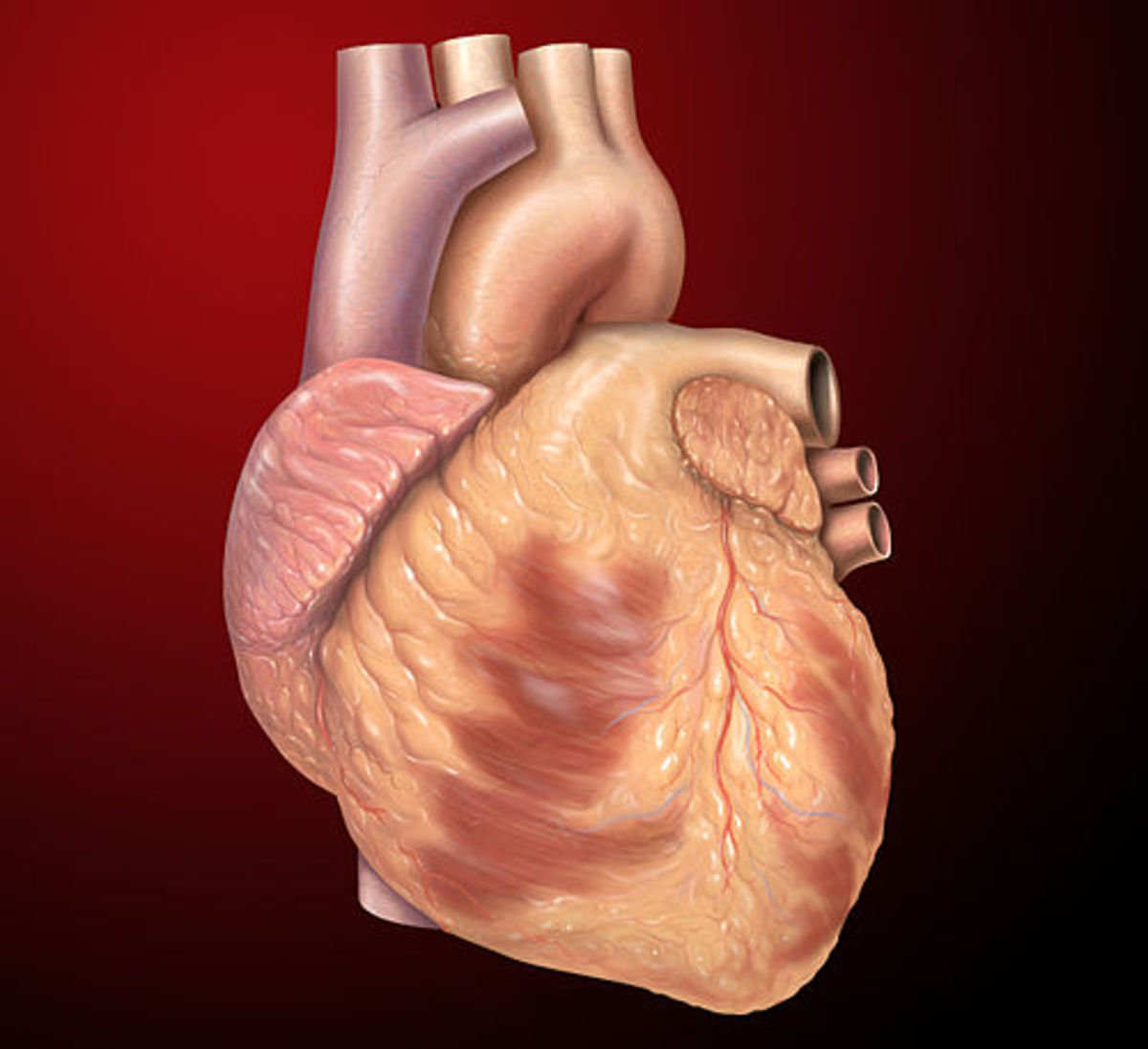5 Most Common Congenital Heart Defects

Many factors contribute towards babies being born with abnormalities in their heart structure. Congenital heart disease (CHD) is rampant worldwide. In India alone, an estimated number of 200,000 children are born with such defects each year, according to a research article published on Indian Academy of Pediatrics journal in 2018. Of these, one-fifth suffers from serious defects requiring surgical intervention within the first year of their lives.
A special category of doctors known as pediatric cardiologists are experts in dealing with such cases. Let’s understand the 5 most common types of defects that calls for their attention as soon as possible.
1. Ventricular Septal Defect (VSD)
The American Heart Association says that this accounts for 20% of all heart defects in newborns. Small to large sized holes are formed between the lower chambers of the heart. The bigger the hole is, greater the chances of congestive heart failure. This is because in such cases, excessive blood starts flowing from the left ventricle back into the lungs, flooding it. Infants with such large holes have high heart rates, excessive sweating (even at rest) and difficulty gaining weight. Pediatric cardiologists can diagnose it through the presence of a heart murmur, when they apply stethoscope to listen to the heart.
2. Atrial Septal Defect (ASD)
The two upper chambers in the heart are known as atria. In some cases of CHDs, abnormal holes can develop between these two chambers. As a result some oxygenated blood from left atrium flows into the right atrium, to mix with oxygen-poor blood. The total amount of blood flow to the lungs increases. Like ventricular septal defect, this can also be detected through the presence of a faint murmur by doctors. Children show symptoms like poor appetite, extreme fatigue, pneumonia and shortness of breath. If not treated properly, the condition can lead to arrhythmia later in life or increase the chances of a stroke.
3. Tetralogy of Fallot (TOF)
The distinct feature of TOF is the presence of an abnormal position of the ventricular septum, along with a hole present between the two lower heart chambers. As a result, too little blood reaches the lungs. This low-oxygen blood then circulates throughout the body leading to little oxygen reaching tissues and organs. The condition is usually diagnosed during pregnancy or immediately after birth. Babies with TOF have a purplish or bluish tint to lips, fingernails and skin. Pediatric cardiologists and surgeons can treat it with open-heart surgery soon after birth. If not treated in time, the condition can lead to development of endocarditis later in life.
4. Single Ventricle Defects
Children here usually have one functioning ventricle or “pumping chamber” instead of two or an underdeveloped left side of the heart. Infants have low supply of oxygenated blood, leading to bluish tinting of lips and fingernails. Most patients will need immediate surgical intervention or even transplant to reroute deoxygenated blood back to the lungs. Doctors typically can diagnose this problem during prenatal ultrasounds or immediately after birth. Corrective surgeries and lifelong medical treatment is required.
5. Patent ductus arteriosus (PDA)
In this condition, the blood vessel ductus arteriosus diverts blood away from lungs when the baby is still inside the mother’s womb. Normally the vessel should close within the first week of pregnancy, but if it remains open partially it causes abnormal fast breathing due to excessive blood flow to lungs. Over time, this can cause irreversible damage to lung arteries. Pediatric cardiologists have many options to treat this condition including special types of IV ibuprofen and acetaminophen and cardiac surgery.
There are many other types of CHDs. It is important to take note of their symptoms and approach a qualified pediatric cardiologist to know of further options.








